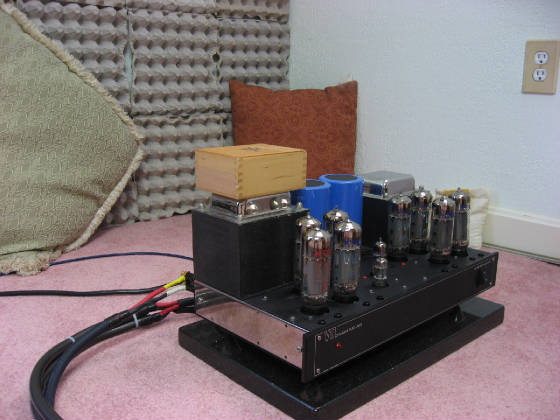|
The original text is written in Chinese and the English version is translated by Google. If in doubt, please refer to the original text.
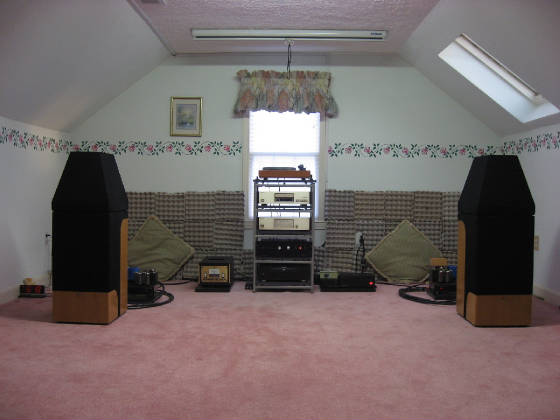
In the article "CD Disk Data Jitter", we analyzed the problems in the actual use of audio CDs and the reasons for these problems. Here, We use some low-jitter processed Tai Chi backup CDs to make a sound comparison with LP records to verify our knowledge of audio CDs. The judgment of sound comparison is a very personal matter. Which will involve personal opinions and issues of reference. If we take the sound of CD or LP as references to each other, there may be only one result, and that is that each has its own strengths. If we look for a reference other than the sound to be compared, we can avoid the above situation. When listening to music on the spot, people rarely use some terms that we usually use to evaluate the sound effects of audio equipment to call into question the live sound. This is because live sound has been regarded as a true standard by people. Various sound effects terms, they basically just pointed out some deficiencies relative to this standard. We believe that using real sounds with common perceptions as references will have more objective results. 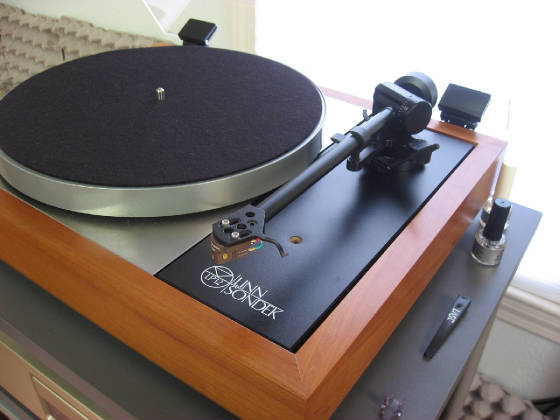 Real voice In live music performance, the end of a note does not mean the end of its sound. The sound of this note will continue to be refracted in the concert hall and gradually weakened until the next note appears and intersects with it. The sound of music will not be interrupted by the end of a note. This is a natural physical phenomenon in which sound exists in a limited space. People will remember the experience of this music performance and use it for sound comparison in the future. People recognize sounds that combine the following two aspects: 1 ) Sound State——The emotional state of the sound. Technical expression: The sound pressure amplitude of sound will change over time. The relationship is expressed on the coordinates of a vertical axis of amplitude and a horizontal time axis, which will produce a trajectory of the change of the sound pressure value with time. Sound state----The shape state of the sound pressure value changes trajectory with time. 2 ) The frequency components that make up the sound. It reflects the timbre of the sound. In combination with music, the first aspect can identify which instrument sound (the type of sounding body) is, and the second aspect can identify Which instrument's sound of the same type of instrument is (different personalities in the same category). Convention: The sound state characteristics of the sound produced by each object are related to its physical structure. A specific structure has a sound state characteristic related to this structure. Each sound state feature has a different shape on the sound pressure value/time coordinate graph, which shows that there will be different instantaneous values at different time points. For each sound (even a single tone in a very short time), the process of its sound pressure value changing with time, we can break it down into three stages on the time axis: 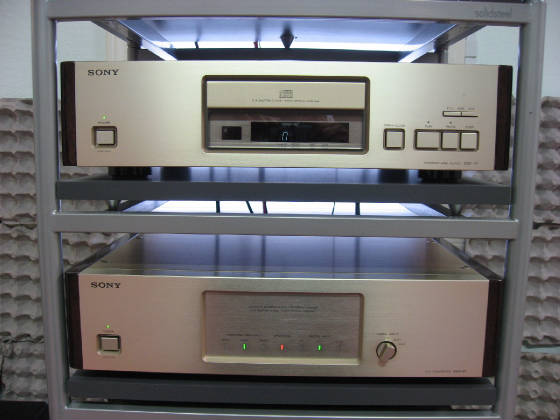 The initial stage – Every sound will go through a transition period from weak to strong before it reaches the maximum sound pressure. As far as human perception is concerned, the length of time at this stage will be reflected as the speed of sound Strong sound stage – The period during which the sound reaches high sound pressure and is maintained. As far as human perception is concerned, the duration of this stage will be reflected as the intensity of the sound. Ending stage – The decay process after strong sound pressure, combined with the reflected sound to form the final stage of the sound. As far as human perception is concerned, this stage can be experienced as the continuity of sound.
System Configuration Analog signal source:
Ekos Mark II tonearm Transfiguration Temper Superme cartridge Lingo power supply. Digital source: Sony CDP R1 CD Transport DAS R1 D/A Converter. Amplifier: Convergent Audio Technology SL1 Signature Preamplifier 2 x VTL Deluxe 300MB power amplifier speaker: Alon IV tri-wire. Power conditioner : Tice power block 2500w interconnect and speaker wire: Digital statement aural symphonies digital cable 0.5m (Transport to D/A Converter). Kimber silver streak interconnect cable 0.5m (D/A Converter to Preamplifier). DH labs silver sonic BL-1 series II interconnect cable 2m (Preamplifier to power amplifier). Audioquest midnight 2 Hyperlitz speaker cable for MF 6ft. Audioquest Sterling 2 Hyperlitz speaker cable for LF and HF 6ft.
Tsai Chin Old Song Tai Chi Backup CD(Backed up from UFO Group UR-8516 April 1986. Made in Japan) LP: New Workshop NCSSLP0603 180g. Made in Germany 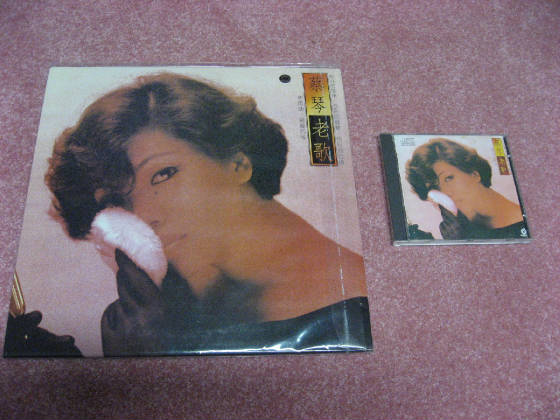 Common point Difference LP's sound
Tai Chi Backup CD
We feel that the emotional state of the singer's voice is consistent in this comparison. The realism of the sound of the instrument is basically the same. In general, they only differ in timbre, which is mainly reflected in the density of micro-dynamics. If it is not the noise between the two LP songs, it is difficult for us to tell which one is the LP or CD sound. Because there is only a slight difference in timbre between them, just like two turntables or cartridges with different qualities. The difference in timbre is consistent with the difference in technical indicators between CD and LP. Whether the difference in timbre is also related to the preamp Phono amplifier, we did not do further research. The preamplifier uses the original electronic tube, the model is National 6922, it is estimated that their use time has exceeded 5000 hours. 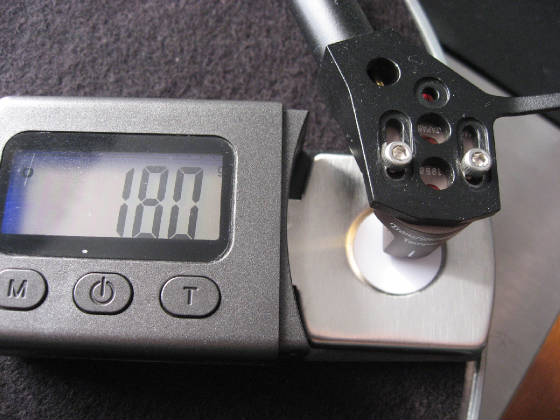 Stylus pressure 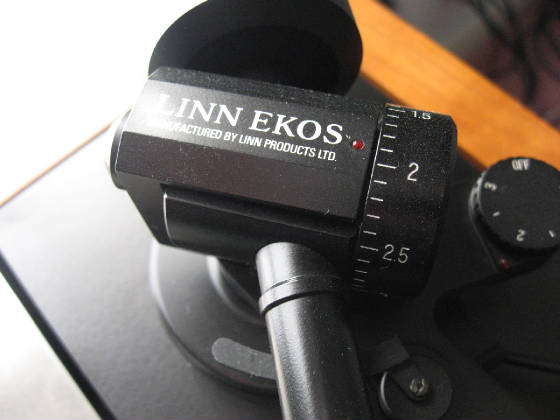 Temper Superme has a more sensitive Stylus pressure reaction. When the Stylus pressure is accurately adjusted to the factory recommended value (1.8g), LP playback will have a good sound effect. Because the pressure of the stylus changes with environmental factors, the pressure scale on the tonearm can only be used as a reference. Therefore, no matter which level of LP turntable you use, it is definitely worth having an accurate pressure gauge.
Amanda McBroom & Lincoln, Mayorga Growing Up in Hollywood Town Tai Chi Backup CD:(Sheffield CD-13 Stereophonic (p)&(c)1980 Made in Japan) LP:Shefield LAB 13 (p)1980 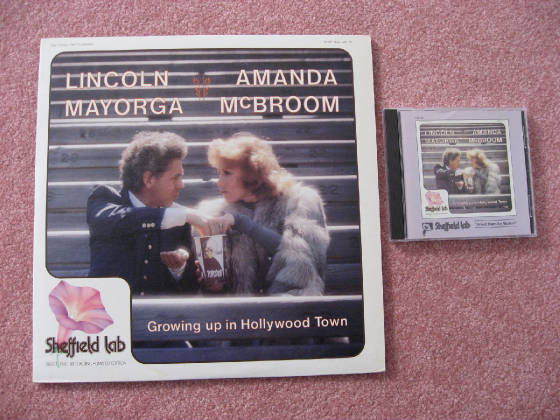
Art Pepper Meets The Rhythm Section Tai Chi Backup CD:(VICJ-2098 Stereo Jasrac (p) & (c) 1996 Made in Japan ) LP:Contemporary Stereo S7532 APJ 010 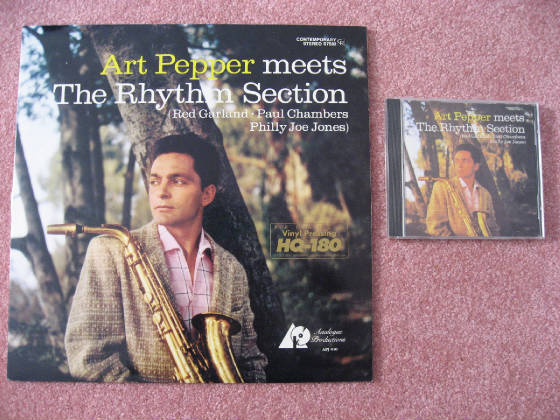
Keith Jarrett The Koln Concert Tai Chi Backup CD:( ECM 1064/65 78118-21064-2 (p) 1975 Made in USA ) LP:ECM 1064/65 ST (p) & (c) 1975 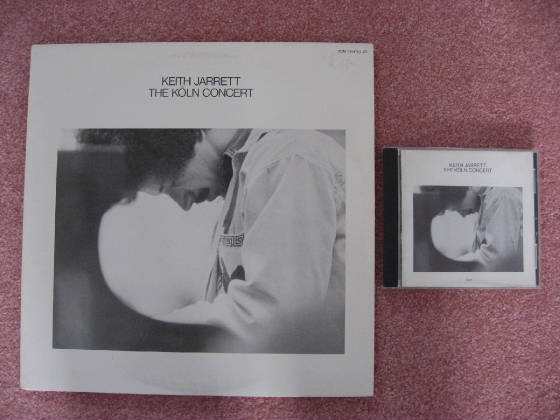
Created by Chen
All rights reserved by Chen Audio Laboratory, Inc. |
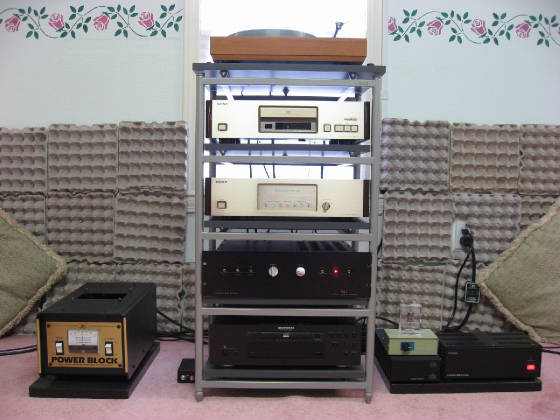
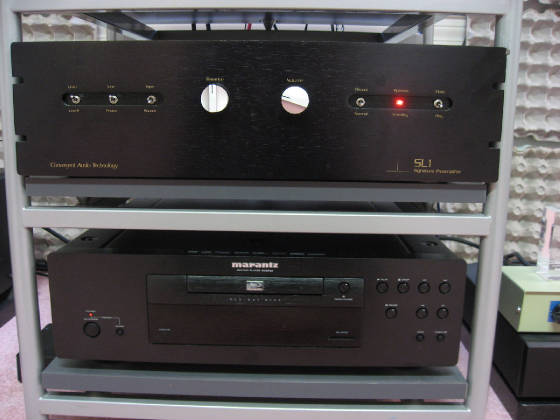 Linn Sondek LP12 turntable
Linn Sondek LP12 turntable 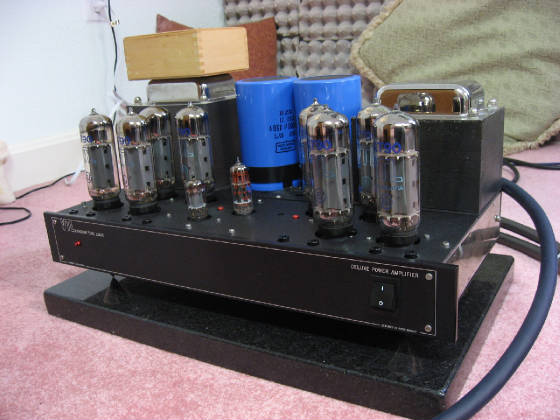 They differ in timbre.
They differ in timbre.